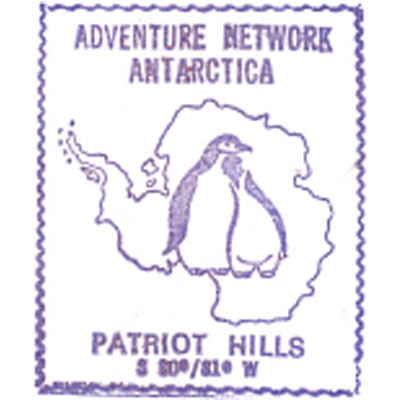
Antarctica is the coldest, most windswept continent on Earth. Its mean altitude of 2 290m (7 500ft) is three times greater than that of any other land mass, and it holds 90 per cent of the world’s ice. This ice covers the whole continent – only a few mountain tops project through it. Winds, which normally blow at 10-15 knots, can reach up to 100 knots. Antarctica holds the record for the lowest temperature ever recorded, -89°C (-126°F), yet during the summer the South Pole receives more solar radiation than the equator in any equivalent period.
The Antarctic has attracted mariners, explorers, scientists and most recently- climbers. Activity is of necessity, concentrated during the Antarctic summer when there are 24 hours of daylight. During the other half of the year the continent is in darkness.